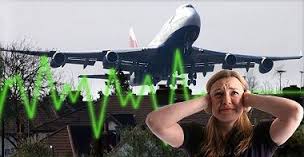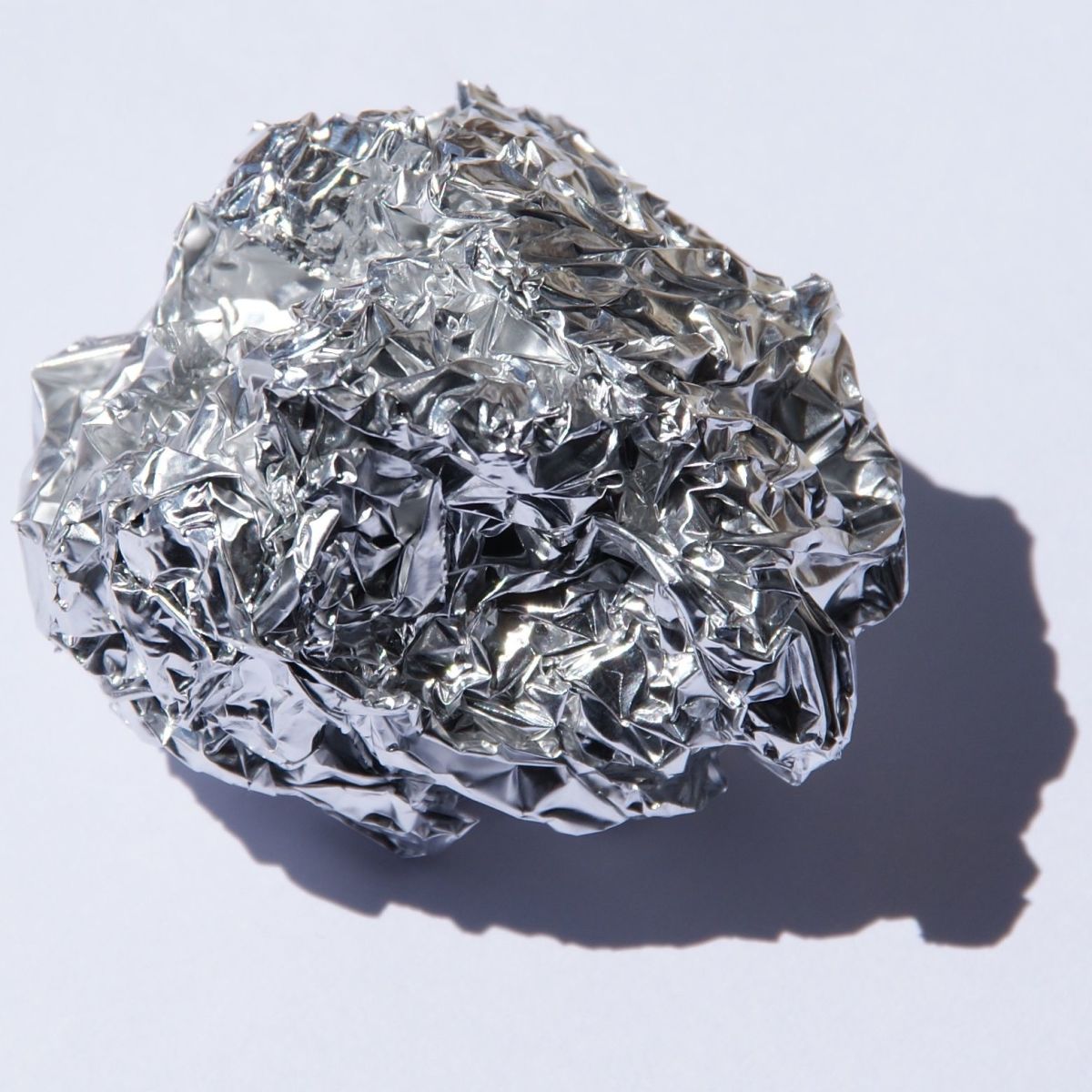Noise pollution and its ill effects on health

A noise can be defined as unwanted sound because of being loud, annoying or distracting. Noise pollution refers to sounds in the environment that are caused by humans. The most common source of noise pollution that affects people most worldwide is motor vehicles. Below are described some important sources of noise pollution -
- Transport vehicles – They are a big source of noise pollution in urban areas. Due to increasing traffic jams in congested areas, repeated hooting of horns by the impatient drivers leads to noise pollution in and around the areas of traffic jams. The vehicles, namely, heavy trucks, buses, trains, motorcycles, scooters, airplanes etc. contribute generously to noise pollution. Airports situated in the vicinity of populated areas are also an important source of noise pollution.
- Industries – Industrialization has greatly resulted in creating noise pollution. Industrial establishments located near populated areas contribute heavily towards noise pollution. The situation is much better in modern planned cities, where the industrial area is kept away from the residential areas both being separated from each other by a sufficiently wide green belt.
- Agricultural machinery - Tractors, thrashers, harvesters, tube wells, powered tillers etc. have all made agriculture highly mechanical but, at the same time, highly noisy. Noise level up to 90 dB A to 98 dB A due to running of farm machines have been recorded in many places.
- Defense equipments - Noise pollution is added greatly to the atmosphere by artillery, tanks, launching of rockets, explosions, exercising of military airplanes and shooting practices. Screams of jet engines and sonic booms have a deafening impact on the ears of many, who are exposed to them.
- Households - The household itself is a source of many indoor noises such as the banging of doors, noise of playing children, crying of infants, moving of furniture, loud conversation of the inhabitants etc. In addition, there are the entertainment equipment in the house such as the radio, record-players and television sets. Domestic gadgets like the mixer-grinders, pressure cookers, desert coolers, air- conditioners, exhaust fans, vacuum cleaners, sewing and washing machines are all indoor sources, contributing to noise pollution.
- Public address system – In some countries like India, Pakistan public address system is used frequently on many occasions, namely, religious functions, births, deaths, marriages, elections, demonstrations, or just commercial advertising, thereby, contributing in its own way towards noise pollution.
- Miscellaneous sources - The construction works like housing complexes, repair of road, bridges, flyovers and construction of new ones etc. that keep on going normally in cities and suburbs are other sources that contribute to noise pollution.
Permissible noise levels –
Normally, the following maximum noise levels are universally accepted with slight variations.
Table 1- Permissible maximum noise levels in some common locations -
Category
| Maximum dB A
|
|---|---|
Residential
| 50
|
Open space
| 55
|
Commercial space
| 65
|
Industrial
| 75
|
During night hours, the maximum dB A should be reduced by 5 dB A.
Table 2 - Permissible noise levels in some important places -
Location
| Maximum dB A
| Time of day
|
|---|---|---|
Bedroom
| 30
| Night
|
Living area
| 50
| Day
|
Outdoor living area
| 50
| Day
|
Outdoor living area
| 45
| Night
|
School classroom
| 35
| Day
|
Hospitals patients rooms
| 30 - 35
| Day and night
|
A noise level above the maximum dBA is quite likely to cause ill effects on health. However, a few individuals are more sensitive even to the maximum permissible noise levels because of individual variations of sensitivity. So, such individuals should develop their own coping strategies to lessen the harmful effects caused even by permissible noise levels in them.
Ill effects on health – Some important ill effects of noise pollution are enumerated below -
- Hearing impairment – Generally, an exposure to sound levels less than 70 dB does not produce hearing damage, regardless of the duration of exposure. An exposure for more than 8 hours to sound levels in excess of 85 dB A is potentially hazardous, causing gradual hearing loss. To cite an example, the noise of heavy truck traffic on a busy road is roughly equivalent to 85 dB A. The major cause of hearing loss is occupational exposure. Recreational noise also produces significant hearing deficits. Firecrackers, cap pistols, and other toys can generate sufficient sound levels to cause sudden and permanent hearing loss. Studies suggest that children seem to be more vulnerable than adults to noise induced hearing impairment.
- Sleep disturbance - Environmental noise is one of the major causes of disturbed sleep. It is known that continuous noise in excess of 30 dB disturbs sleep. When sleep disturbance becomes chronic, it affects mood, decreases performance and causes other long term ill effects on health.
- A risk for cardiovascular diseases – Noise can trigger both endocrine and autonomic nervous system responses that affect the cardiovascular system, and thus noise pollution is a risk factor for cardiovascular disease.
- Raises blood pressure – A prolonged exposure to noise of sufficient duration and intensity increases heart rate, peripheral resistance, blood viscosity and blood pressure, which may not be so readily reversible. However, temporary noise exposure produces readily reversible physiologic changes. Children who live in noisy environments have been shown to have elevated blood pressures and elevated levels of stress-induced hormones.
- A risk for mental disorders – Noise pollution is itself not a cause of mental illnesses but may accelerate the development of latent mental illnesses. It may contribute to these ill effects - anxiety, stress, nervousness, headache, emotional instability, changes in mood, neurosis, hysteria, and psychosis. People with underlying depression may be particularly vulnerable to these effects because they may lack adequate coping mechanisms.
- Affects cognitive performance - Noise pollution impairs task performance at school and at work, increases errors, and decreases motivation. It affects most strongly reading attention, problem solving and memory. Two types of memory deficits have been identified due to noise pollution, namely, recall of subject content and recall of incidental details. Both are adversely influenced by noise. Deficits in performance can lead to errors and accidents, both of which have far reaching consequences.
- Affects cognitive development – In homes having noisy atmosphere or schools near sources of noise, cognitive development of children is impaired. Noise affects learning, reading, problem solving, motivation, school performance, and social and emotional development of these children.
- Increases annoyance - Noise having low frequency components causes annoyance that results in dissatisfaction in life. Average outdoor residential day-night sound levels below 55 dB are defined as acceptable, whereas acceptable average indoor levels are less than 45 dB. To put these levels into perspective, sound levels produced by the average refrigerator or the sounds in the typical quiet neighborhood measure about 45 dB. Sound levels above this produce annoyance in significant number of people. Annoyance can connote more than slight irritation, causing a significant degradation in the quality of life, which corresponds to degradation in health and well-being.
- Affects fetus and newborn – The effects of noise pollution on fetus and new born are not clear yet but exposure to it during pregnancy may increase the risk of high-frequency hearing loss in the newborn, shortened gestation, prematurity, and intrauterine growth retardation. Noise in the NICU may cause cochlear damage and may impair the growth and development of the premature infant. There is compelling evidence to show that pregnant woman should avoid noisy atmosphere.
- Causes type-2 diabetes - The researchers have found that there is a 6% increase in the risk of diabetes mellitus per 5 dB increase in noise exposure, mainly related to air and road traffic. Therefore, the impact of long-term exposure to noise on diabetes mellitus may be substantial. This needs further validation by more studies.
The evidence for effects of noise pollution on health is strongest for annoyance, sleep and cognitive performance in adults and children. In addition to hearing impairment, occupational noise exposure also shows some association with raised blood pressure. The process of interaction between people, noise and ill-health is a complex one. We humans are not usually passive recipients of noise exposure and, therefore, can develop coping strategies to reduce the impact of noise exposure. However, adaptation to noise is only achieved with a cost to health.
Reference -
Environ Res. 2018 Oct;166:647-657. doi: 10.1016/j.envres.2018.05.011. Epub 2018 Jul 10. Association between noice exposure and diabetes: A systematic review and meta-analysis








